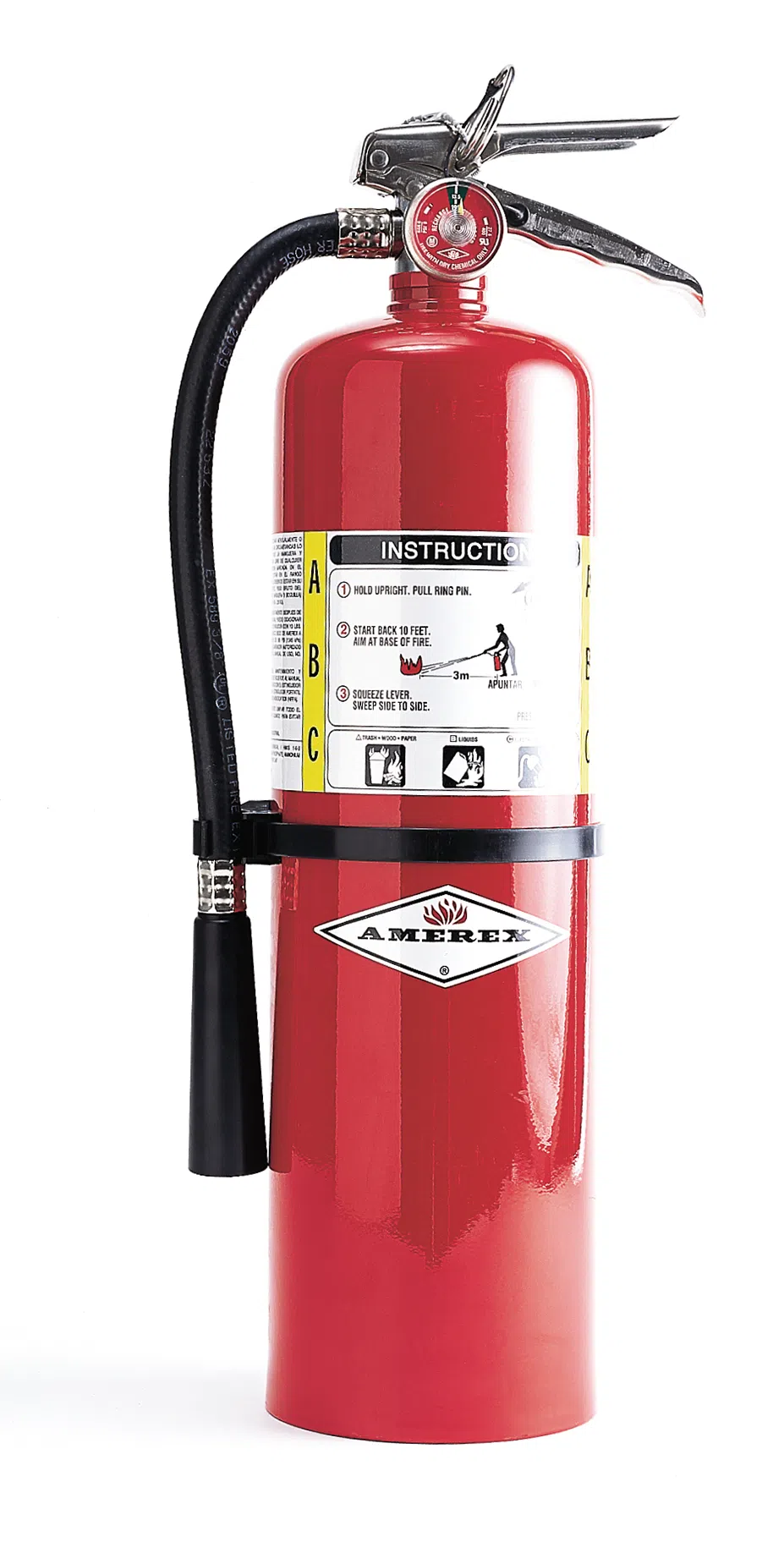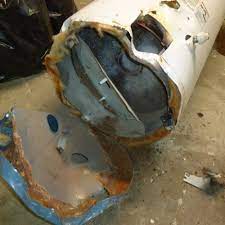Home fire extinguishers can save lives. It can be placed near an exit in a convenient location. This will allow you to put out small fires before firefighters arrive or suppress flames until they come.
Labels on household extinguishers indicate whether they are suitable for electrical fires, liquid flammables, or combustibles. Most of those sold in home stores are A:B: C, and they fight all three kinds of fires.
This guide will help you understand the types and sizes available, their uses, and how to recharge them.
The size of the extinguisher is essential.
Size is the main difference between home extinguishers. Most of the time, bigger is better. However, sometimes even the largest extinguishers can be too heavy to move. An extinguisher’s weight is the number of chemicals it contains; the canister will add several pounds. The difference between disposable extinguishers with plastic and rechargeable valves is the metal valves. The rechargeable extinguisher will cost more, but it is cheaper to refill the liquid once the gauge indicates that the contents have been depleted by use or time.
The National Fire Protection Association recommends that each floor have an extinguisher. No matter how many extinguishers you have, the essential tool for safety is a fire plan. Be sure everyone knows where to go outside and dial 911. Do not cancel the 911 call, even if you believe you have extinguished the fire yourself. Let the professionals decide if the fire is out.
Classification of Fires by Rating
Each household extinguisher has a label indicating whether it suits A, B, or C fires. A represents ordinary combustibles such as wood, cloth, and paper; B, flammable liquids like gasoline or cooking oils; and C, live electricity.
Numbers follow these letters in the fine print of the label—for example, 3-A-40-B-C, which is the classification rating for the extinguisher. Underwriters Laboratories assigns numbers to extinguishers that indicate their relative effectiveness in fighting fires, regardless of the type or weight of the chemicals they use. The higher the number, the more effective (and the likely higher price). An extinguisher with a 4-A rating will be more effective against combustibles than one with a 2-A rating. The C designation does not carry a number. It simply means that the extinguisher chemicals will not conduct electricity.
How to choose the suitable size fire extinguisher
10-pound
- Best used in: Garages or home workshops, where fires can increase before they are noticed.
- Search for: A rechargeable model with a hose for easy use.
5-pound
- Quick grab in the laundry or kitchen.
- Search for: A rechargeable model with a hose for easy use.
2-pound
- Best for Car
- Search for: A disposable model with mounting hardware to prevent it from rolling in the trunk.
Stove-top
- I am mounting on the range hood above the stove. Do not use near deep fryers, as the chemical released can cause grease to splash and ignite.
- Look for Magnetic pressured cans that pop open when flame-heated and spray sodium bicarbonate.
How to Use an Extinguisher
- Experts in fire safety recommend that you learn to use an extinguisher well before an emergency occurs. Ask your local fire department if it offers homeowner training. Extinguishers should be placed where they are easily accessible and visible, close to the room’s exit. You can then fight the flames with your back turned to the door and escape quickly if the fire gets out of hand.
- Use the acronym to help you remember how an extinguisher is used:
- Pull The extinguisher safety pin.
- Immediately after the flames, not at them. Stand at least six feet away from the fire.
- S squeeze the trigger and keep it pressed while keeping the extinguisher upright.
- Sweep until the extinguisher is dry.
- You must immediately replace or refill an extinguisher after using it, even if it’s not empty. Extinguishers whose pressure gauges slip from the green zone to red with time are also subject to this rule. Companies that refill fire extinguishers charge around $15 for a standard 5-pound A: B; C extinguisher with a metal valve. Extinguishers with plastic valves cannot be filled and should not be used after use.
Fire Extinguisher Charge
- Over time, a home fire extinguisher may lose its pressure and become useless. If you need to remember to check your gauges regularly, this sensor system, EN-Gauge, from MIJA is for you. The sensor system runs on a battery of 9 volts and monitors the pressure in the extinguisher. If the gauge is low, it will flash a red alert light and sound an alarm to remind you to refill the extinguisher. The notice will also state if the extinguisher is pulled away from the wall, as would happen in a fire. The sensor also beeps like a smoke alarm when the battery runs low.
- The extinguisher can be connected to the house’s alarm system. When the extinguisher fires, the alarm company receives a signal and can call 911. The cost is approximately $200 for a stand-alone extinguisher or $100 for a security system model.





